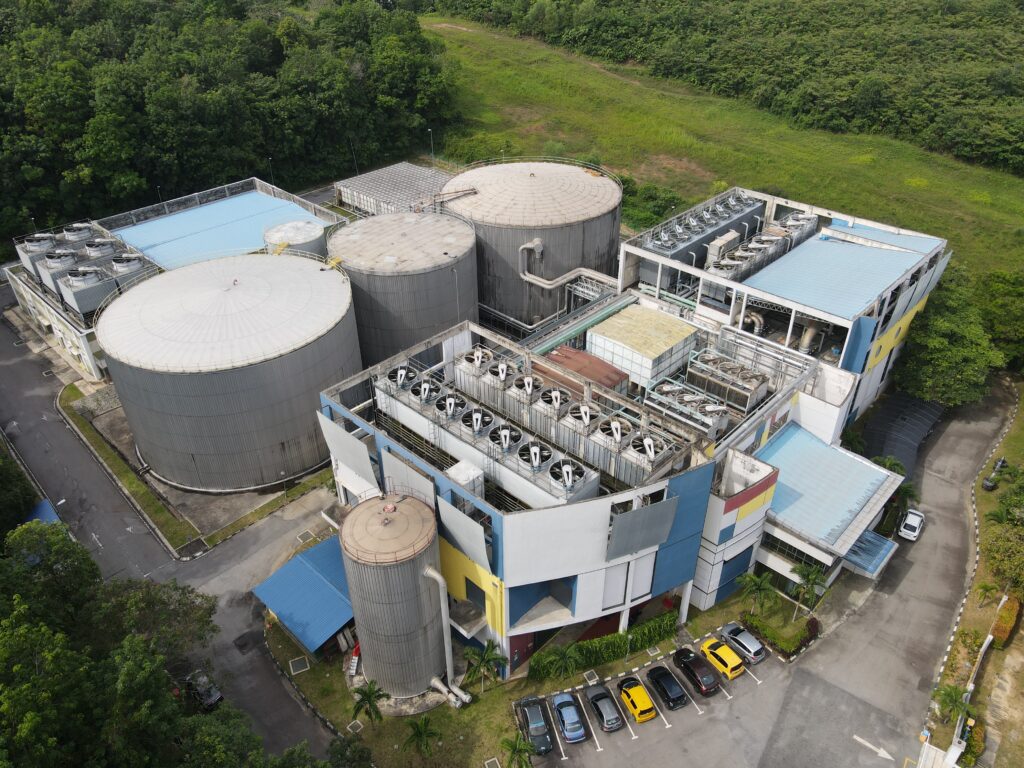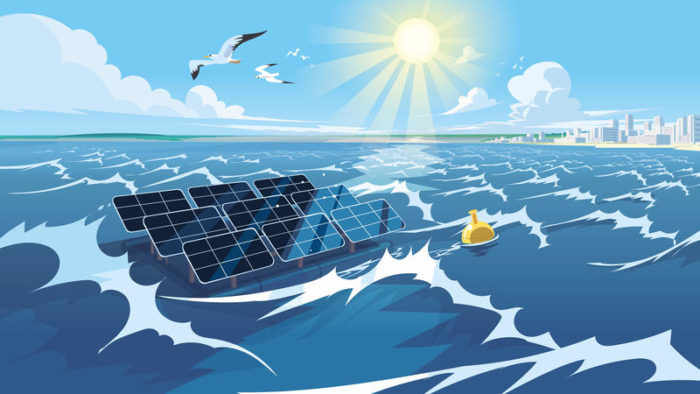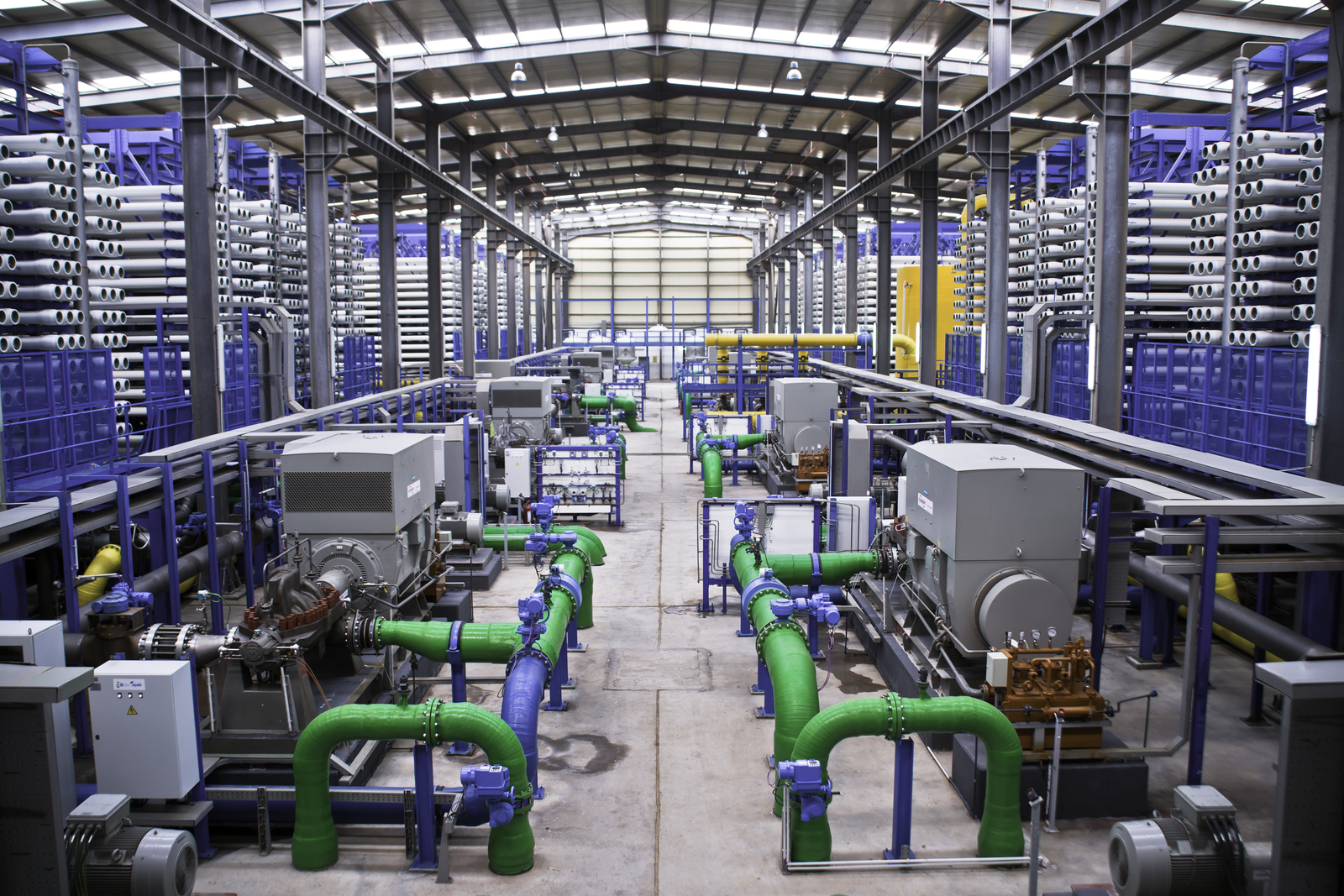
Singapore, a nation that has transformed from mudflat swamps and fishing villages into a thriving metropolis in just over 150 years, now faces one of its greatest challenges: achieving net-zero emissions by 2050. This ambitious goal necessitates a radical transformation in the country’s energy infrastructure and is pushing the boundaries of climate tech innovation. With limited land availability for renewable energy installations, Singapore is exploring unique solutions that other small island nations can learn from in the quest for sustainability.
The Challenge of Net-Zero Emissions
To reach net-zero emissions, Singapore must transition to carbon-neutral energy sources and effectively capture any residual emissions that cannot be eliminated entirely. However, renewable energy sources like solar and wind typically require extensive land, a critical limitation for Singapore’s densely populated landscape. To overcome this, the country is considering importing renewable energy through long undersea cables from countries as far away as Australia. Despite the potential of this plan, high costs and unresolved technical challenges mean that these ideas remain largely unimplemented. The Climate Action Tracker currently rates Singapore’s climate strategy as “critically insufficient,” prompting both urgency and innovation.
Advancements in Climate Tech
In the face of these challenges, Singapore has begun to make notable advancements in climate tech, proving that sustainable solutions are not only possible but necessary for the future survival of small island nations. During a recent tour of local innovations, several promising technologies stood out:
1. District Cooling Systems
At the forefront of Singapore’s climate tech initiatives is the SP Group’s district cooling system, located five floors beneath the opulent Marina Bay Sands. This system serves numerous skyscrapers and developments, drastically reducing the need for individual air conditioning units. By connecting buildings to a larger network, energy efficiency can improve significantly; one building connected to the system saw a 40% reduction in energy consumption. This facility also functions as an “ice battery,” cooling vast reservoirs of water during off-peak hours that can later be used to cool buildings during the heat of the day, further contributing to energy conservation.
District cooling systems are a key component of Singapore’s efforts to enhance energy efficiency and reduce carbon emissions. The use of underground infrastructure for district cooling not only minimizes the visual impact on the city’s skyline but also maximizes space efficiency. Furthermore, by centralizing the cooling process, these systems can effectively optimize energy consumption and reduce overall environmental impact.
In addition to serving as an “ice battery,” some district cooling systems incorporate advanced technologies such as thermal storage, which allows excess cold energy to be stored for later use during peak demand periods. As Singapore continues to prioritize sustainability and green initiatives, district cooling systems play a crucial role in shaping a more sustainable urban environment while promoting responsible energy consumption practices.

2. Offshore Solar Energy
Singapore is also innovating in the realm of solar power. With space at a premium, the country is constructing floating solar farms on bodies of water. These installations not only reduce evaporation but also benefit from the cooling effect of water, which enhances energy production. For instance, EDP Renewables Apac has developed a 5-megawatt peak floating solar farm in Johor Strait that withstands water disturbances without compromising efficiency. While this technology is more expensive than traditional land-based solar farms, it represents a crucial step towards harnessing renewable energy in a land-scarce environment.
In addition to its advancements in floating solar farms, Singapore is also exploring the potential of offshore solar energy. By venturing into offshore solar installations, which involve setting up solar panels on bodies of water away from the shore, Singapore can further capitalize on its maritime resources. The strategic placement of these offshore solar farms can optimize energy generation by capturing maximum sunlight while minimizing land use.
Furthermore, such projects could contribute to sustainable development and help Singapore achieve its renewable energy targets by tapping into the vast potential of its surrounding seas and waterways. As technology and knowledge in this area continue to advance, offshore solar energy offers an exciting avenue for Singapore’s ongoing commitment to green innovation and environmental sustainability.

3. Sustainable Water Desalination
As a tropical island, Singapore faces significant challenges related to water scarcity, exacerbated by climate change. Once reliant on Malaysia for its water supply, Singapore has diversified its sources through rainwater harvesting, wastewater recycling, and desalination. However, desalination is energy-intensive and traditionally requires substantial electricity. The Public Utilities Board (PUB) aims to cut the energy demand for desalination from 3.5 kWh to 2 kWh per 1,000 liters by 2025. With pilot projects already demonstrating the potential to achieve an impressive 1.65 kWh per 1,000 liters, Singapore is making strides to improve the efficiency of this essential process.
Singapore’s efforts to address water scarcity and reduce the energy demand for desalination are commendable. As a next step, Singapore can explore integrating renewable energy sources, such as offshore solar power, into its desalination processes. Offshore solar energy is particularly suitable for Singapore due to its abundance of sunlight and limited land availability.
By harnessing solar power from floating or offshore platforms, the electricity generated can directly support the energy needs of desalination plants. This would not only contribute to cutting down on carbon emissions but also provide a sustainable solution aligned with Singapore’s commitment to environmental conservation and innovation.
Moreover, by combining offshore solar energy with advanced desalination techniques, Singapore can further optimize its water supply resilience while promoting clean energy initiatives.

Conclusion
Singapore’s journey towards achieving net-zero emissions by 2050 exemplifies the critical role of climate tech in overcoming the unique obstacles faced by small island nations. From innovative district cooling systems and pioneering offshore solar farms to advancements in water desalination, Singapore is paving the way for a sustainable future.
As the nation navigates its decarbonization trajectory, its experiences could serve as a valuable blueprint for other countries grappling with similar challenges. Ultimately, the drive towards climate tech is not just about addressing environmental concerns; it’s about ensuring the survival and prosperity of future generations in a rapidly changing world.


